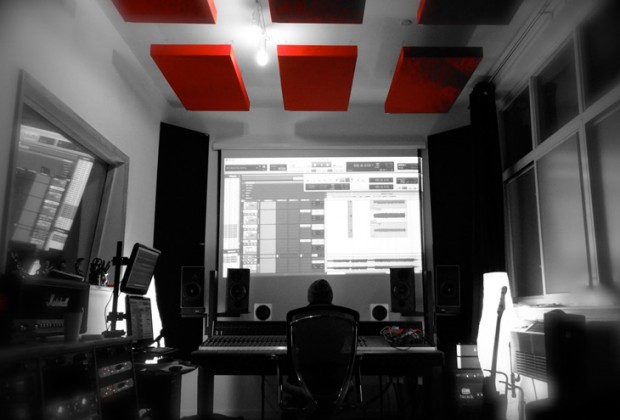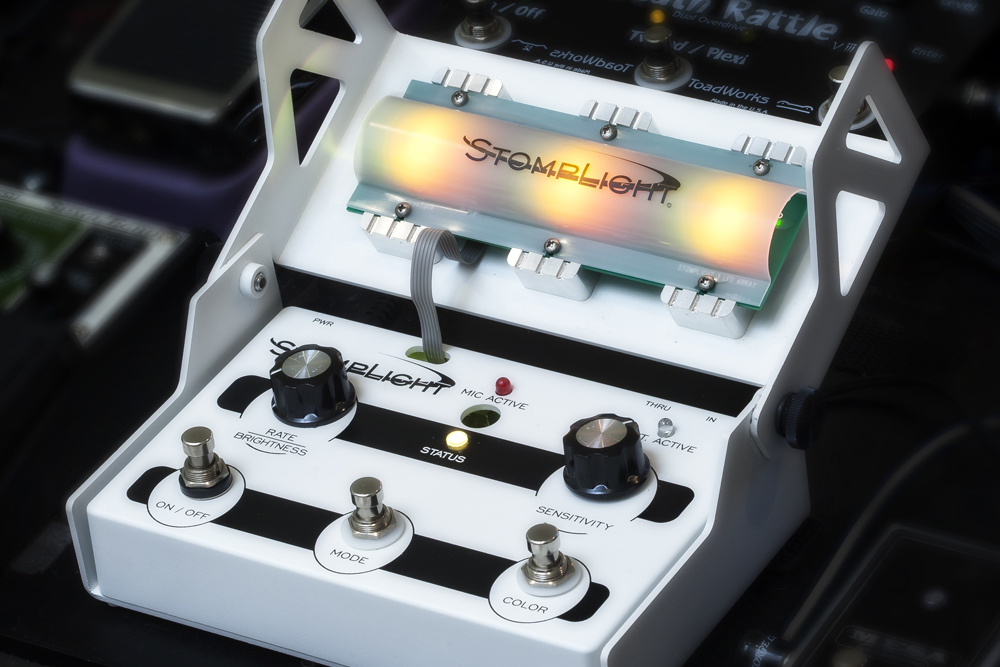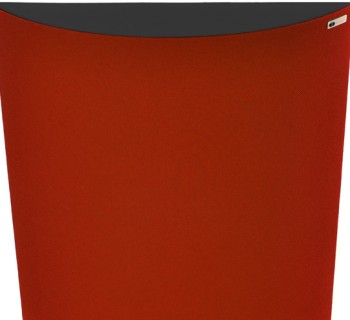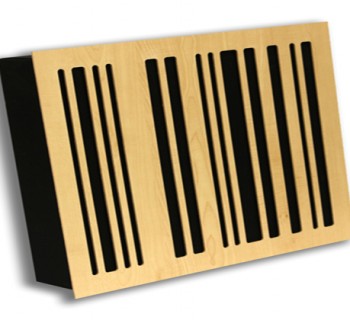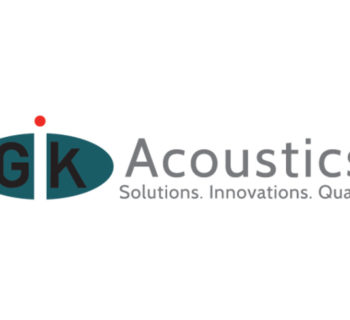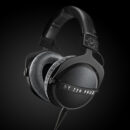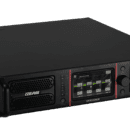We understand that jumping into the science of room acoustics can be dark and scary or at the very least can simply take up a lot of time rummaging through information to find what you need. Here is a simple guide with basic information that provides valuable insight about selecting the best type of acoustic treatment for your space.
By Glenn Kuras of GIK Acoustics
Positioning Your Setup
Getting set up properly has a huge impact on the issues you’ll face in your room acoustically. Some acoustic issues in rooms are strictly due to positioning and can only be solved through proper setup. In most rooms, you’ll want to orient yourself so that you’re facing the shorter wall, with the longer walls on your sides. This orientation gives greater flexibility for positioning your speakers and listening position in the room, and also gets you farther from harsh rear wall reflections.
Facing the short wall will give you less drastic peaks and nulls than facing the long wall. The main reason is that since the back wall is farther behind you, it allows you to get a better decay time of bass waves. It is recommended to start experimenting with listening position set to about 35% - 40% of the way into the room from the front wall. The speakers and listening position should form an equilateral triangle, with the apex about a foot behind your head. But take time to adjust your positioning and experiment with speaker placement. Even with the best orientation in a room, you will still have nulls and peaks with long decay times, which can be resolved with proper treatments. However, it is better to start with the correct positioning and treat your room from there.
Placing Room Treatments
There are four primary areas to consider when treating a room: First Reflection Points, Rear Sidewalls, Back Wall and Corners.
For starters, let’s look at what’s going on in the room. There is direct sound coming from your monitors or speakers to your ears. Direct sound combines with reflected sound, which causes interference at the listening position––known as comb filtering. As a result the listener is not able to accurately hear what’s coming out of the speakers.
Early Reflections
One of the first areas recommended to treat are the early (first) reflection points, the first points on your sidewalls, floor, and ceiling where reflections bounce off and come back to the listening position. Luckily, reflection points are easy to treat with a few acoustic panels in the right spots. Once treatments are applied, sound is absorbed when it hits the first reflection points resulting in the listener (YOU) now hearing the direct sound.
Read More: Gear Review: GIK Acoustics 4A Alpha Panel Diffusor/Absorber
Bass Issues: Corners and Back Walls
There are many different types of low frequency (bass) problems in rooms because low frequency pressure builds up wherever there is a boundary. Each room dimension has two boundaries, which are generally parallel to each other. It is actually intuitive if you think about it. If you have pressure building along each wall and traveling to the outside ends, it stands to reason that it will pool in the corners since you’re now at two boundaries. All low frequency modes end in corners, which makes corners the ideal place for absorption. Typically it is recommended to treat at least two corners (and more corners if possible) with bass traps positioned floor-to-ceiling. The bottom line is: fill the corners if you can. If you can’t, don’t let that stop you from straddling the corners with panels 4” thick or thicker.
Not all low frequency-related problems can be solved purely by treating corners. Some of the deepest valleys and highest peaks come off of an untreated back wall. Centering 5” - 7” thick panels on the longest dimension of the room helps reduce the bass reflections off the rear wall, which reduces the intensity of those reflections and thus, the intensity of any cancellations caused by these reflections.
Late Reflections: Sidewalls
Reverberation and flutter echo are the easiest problems to identify in any room, and are especially prevalent in rooms with a lot of empty wall spaces and hard surfaces. Treating both issues, however, can be simple. Reverberation can simply be controlled by using appropriate acoustic panels more or less evenly spaced throughout the room, to get general dampening.
Reverberation, however, can also be dealt with by diffusion, which will help turn the excess decay into a more controlled ambiance instead of removing the sound energy. Flutter echo specifically happens between any two flat, parallel walls, and is usually found in the upper half of most rooms since the sound isn’t broken up by desks, chairs, amps, etc. up there, and can be treated using either absorption or diffusion. As was mentioned with reverberation, using diffusion is sometimes preferable if control is wanted but dampening is not.
There is no better impact on the sound in your space than proper acoustic treatment.
It is important to have a strong foundation to build on in any room. If the setup in the room is less than optimal, results won’t be as expected and problems can arise. On the other hand, if the general guidelines above are met and understood, then identifying secondary problems and solutions will be much less challenging and costly. Of course, in practice, some of these suggestions are not possible to apply in all rooms.
GIK Acoustics not only offers quality, eco-friendly products but also provides customers with custom acoustical advice (gikacoustics.com/acoustic-advice) as well as helpful educational articles.

